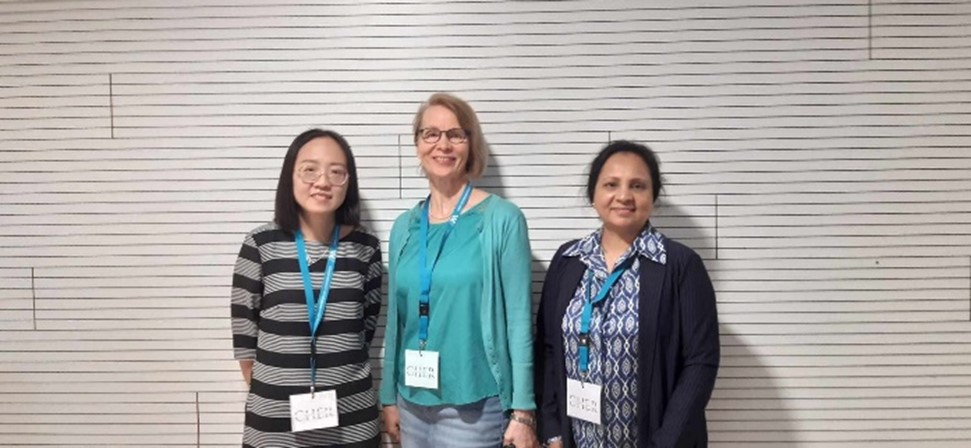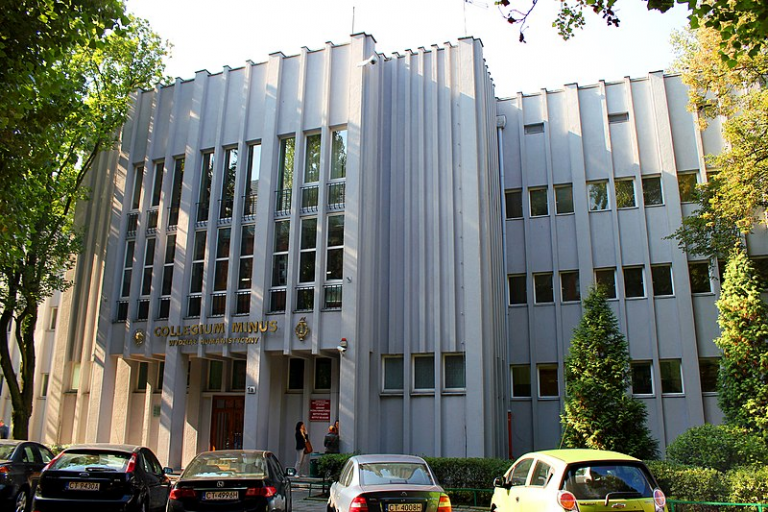According to a recent update from Times Higher Education, there has been an increase in the number of women in leadership roles in the world’s top universities, marking the first such increase since 2017. However, the proportion of women in these leadership positions remains below 20%. The persistence of this gender gap in university leadership on a global scale is, unfortunately, unsurprising. Even in Nordic countries, despite their efforts and achievements in gender equality, significant gender disparities are evident within academia, particularly in senior university management and leadership roles.
To review previous studies in the Asian and Nordic regions, we chose three countries: Bangladesh, China, and Finland. This is a diverse composition of countries, each marked by its unique differences. One common feature in previous studies (62 publications spanning from 2000 to 2021) is that they primarily focused on identifying women’s barriers to attaining leadership positions in universities. It is interesting that the reviewed studies aimed to shed light on the challenges and obstacles that women face in pursuing and advancing their careers in higher education leadership. This is to say that studies often overlooked the crucial aspect of providing guidance on navigating the myriad challenges that women encounter when carrying out leadership roles.
Below we introduce country-specific highlights.
Bangladesh

Facts and figures: In Bangladesh, universities can be categorized into three types, namely 51 public universities (government- owned and -subsidised), 108 private universities (private sector–owned) and three international universities (funded and operated by international organisations). Female enrolment in tertiary education is 17%.
Systematic review on the articles on women in higher education in Bangladesh (15 publications) indicated that research on women’s academic leadership in Bangladesh remains rather underdeveloped and Asian cultural stereotypes of women hinder women’s academic career development: women academics often refused pursuing academic leadership. Without changing the cultural conceptualization of women as homemakers and even as an affiliation to men in a family in Bangladesh, it is hardly possible to enhance the gender equality in academic leadership development in Bangladesh.
China

Facts and figures: The Chinese HE system, according to the latest statistics from the Ministry of Education in China in 2020, consists of 2,738 public higher education institutions (HEIs), 233 research institutions, 788 private HEIs and 265 adult HEIs (either public or private). The ratio of women rectors in China was relatively low and most of the top universities were not led by women.
The review of studies on the women’s academic leadership in the context of China (17 publications) indicated the existent research covered a wide range of sub-themes, including women’s academic productivity, women’s leadership in university governance and management, women’s academic promotion, women leaders in the disciplinary sphere. More future research is needed on the challenges of women academics performing leadership roles in China.
Finland

Facts and figures: The Finnish higher education system comprises two sectors: 13 universities (scientific institutions, of which two are foundation-run) and 22 universities of applied sciences (UASs) operated by limited companies. The Finnish women’s labor force participation rate is 76.6%. In 2022, Helsinki University appointed its first female rector. Among university leaders, women make up only 12.2% of the total, highlighting a gender imbalance, which is more pronounced at the senior level. Women hold more than 40% of junior leadership positions. Of the professors, the share of 27% are women.
Previous literature (30 publications) focused on such as national trends and policies in Finland, university practices and policies, department-level studies, experiences of academic leaders, academic careers and academic cultural contexts. Department-level studies revealed both blatant and subtle discrimination, as well as the emergence of gendering processes within academic departments. Altogether these studies addressed various challenges and persistent discriminatory practices in academia, despite ongoing efforts and infrastructure (institutional equality plans and committees, legislation) aimed at promoting gender equality. The necessity for ongoing research and efforts to deal with gender disparities and foster more inclusive academic environments is evident.
What feedback did we get from the CHER conference in Vienna (30.8.-1.9.2023) when presenting our key findings to an international audience?
We presented our key findings in the CHER (Consortium of Higher Education Researchers) Conference 2023 in a track chaired by professor Rosemary Deem. The presentation was well-received, and we got much feedback at the conference. One scholar from Chile mentioned that she was impressed by how we carried out this self-funded project based on our common research interest. Another colleague from Hong Kong also encouraged us to continue researching the topic with more empirical exploration in the future.
Vuokko Kohtamäki, Tampere University, Faculty of Management and Business
Gaoming Zheng, Tampere University, Faculty of Management and Business; Tongji University, Institute of Higher Education.
Nasrin Jinia, Tampere University of Applied Sciences
Reference:
Kohtamäki, V.; Zheng, G. and Jinia, N. 2023. Gender inequality in academic leadership: Bangladesh, Finland and China. Higher Education Quarterly. DOI: https://doi.org/10.1111/hequ.12447






Kommentit